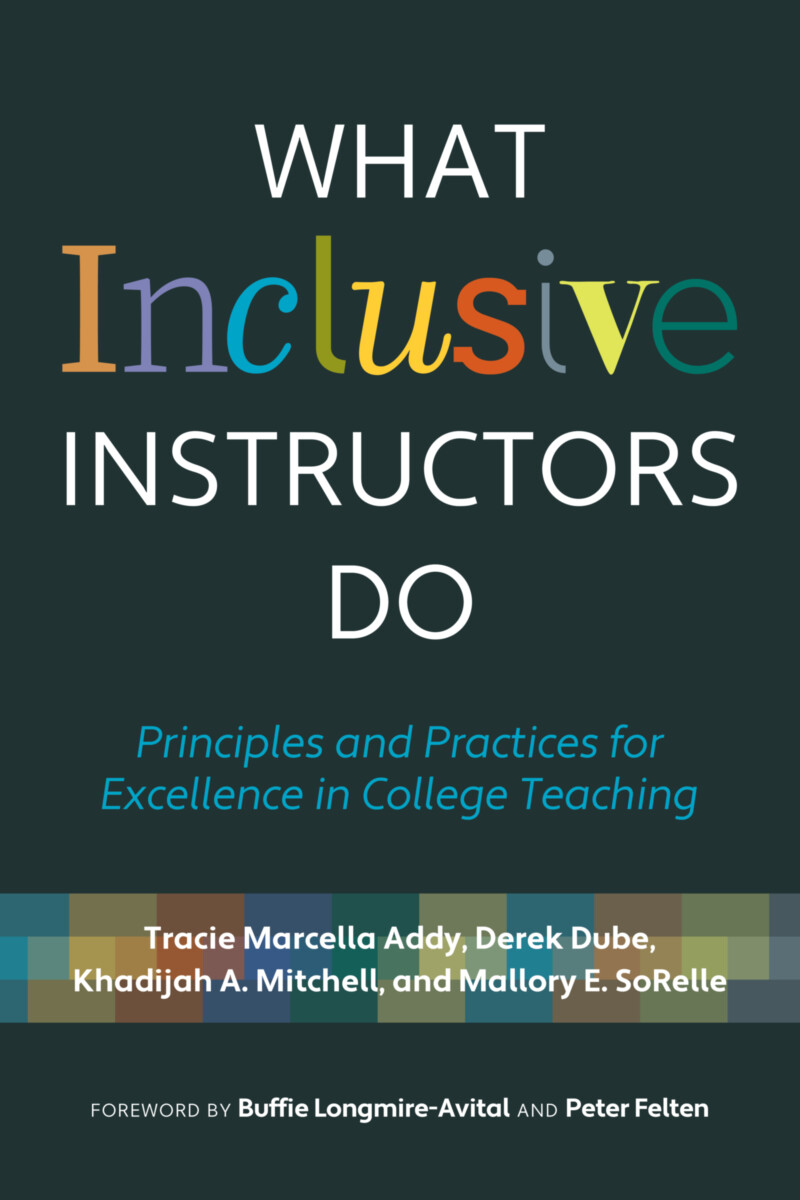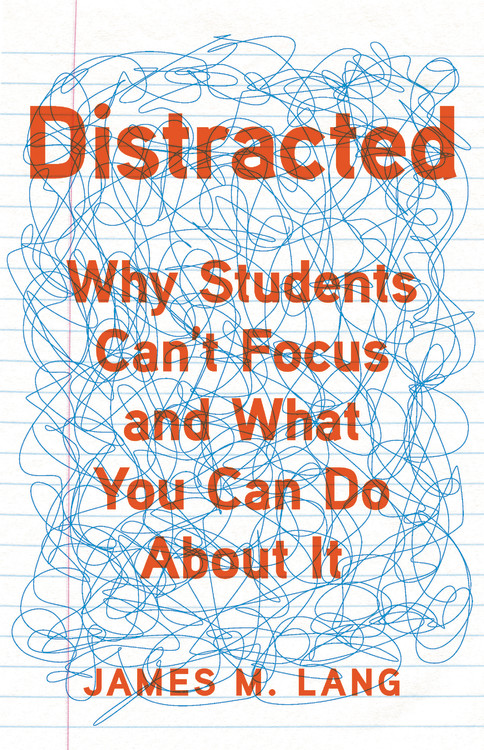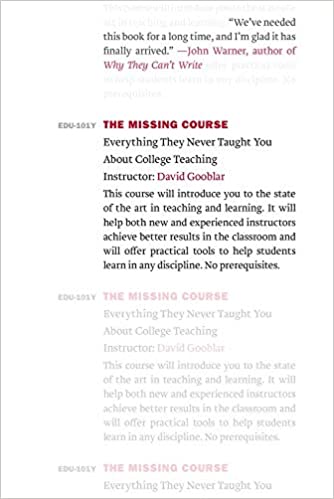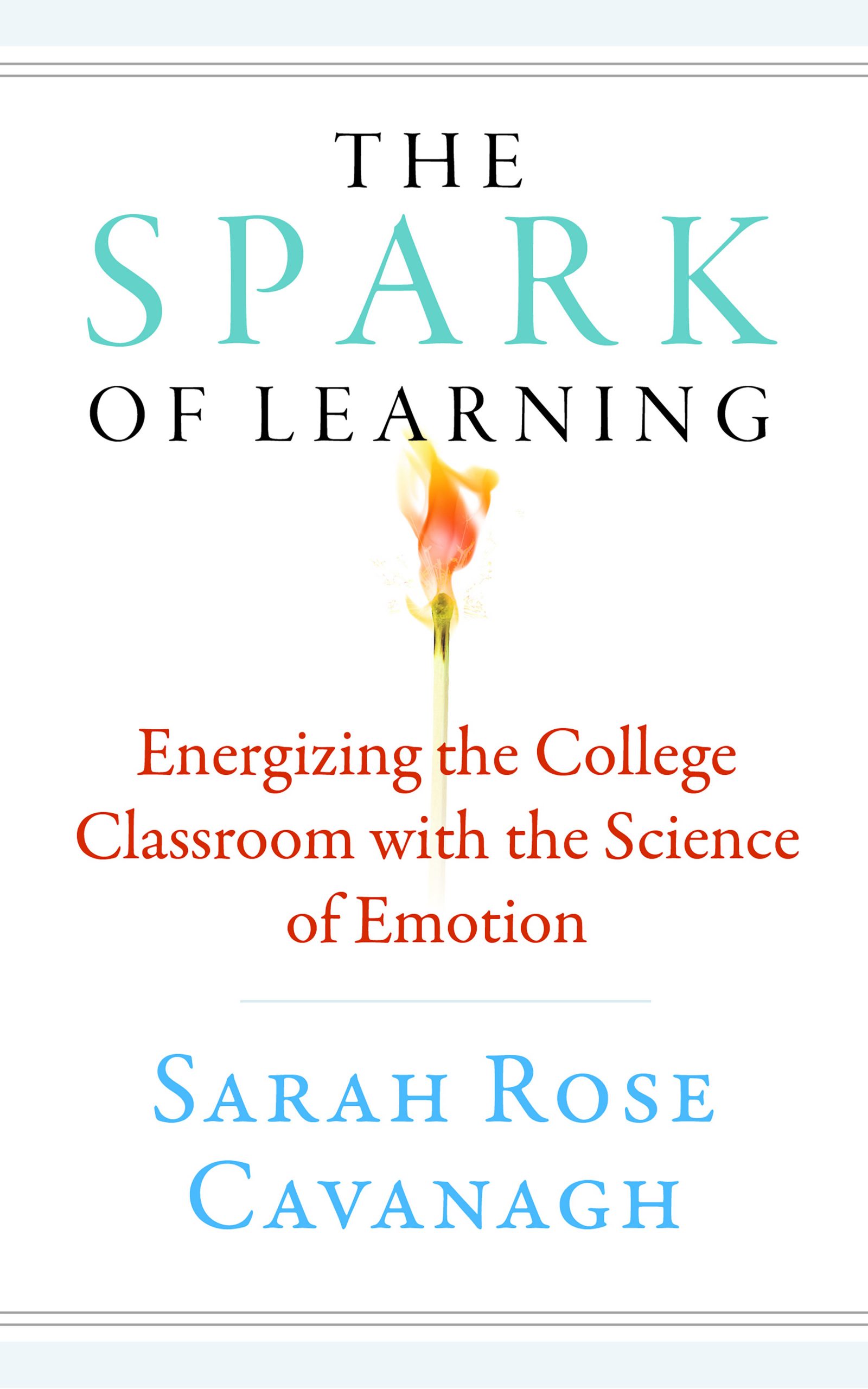Making the Most of Class Time
One of the most common topics our colleagues inquire about is how to spend class time effectively. There are many ways to get students engaged in learning during class, and deciding how to make the most of their time and attention involves reflecting on what they most need to learn at different points during the semester.
The activities we design determine what students get out of each class session. They can be opportunities for students to construct knowledge, practice higher order thinking, solve problems, and even self-assess. As Terry Doyle insists, “the one who does the work does the learning,” and the classroom is an important place for students to do some work, because their peers and instructor are present to support and draw out their thinking.
To design activities effectively, start by setting goals: What should students learn from the experience, and what can they do that will facilitate that learning? What do they need to think about separately and together? What do they need to practice? For ideas and examples, you can check out our Learning-Centered Activities resource.
In-class activities might involve one task or a series of tasks. Students might work individually first (e.g., writing down initial thoughts, attempting to solve a problem, etc.) and then in small groups. When students work together, they can compare their ideas, each contribute to a larger task, solve a more complex problem, or try to come to a consensus about something.
However you design the activity, it will be important to make the plans transparent for students. In other words, they need to know the purpose of the activity, what they’re supposed to do at each step, and what successful work (in this case, engagement in the activity) might look like. A thoughtful and transparent activity design goes a long way toward a good learning experience, and the way you facilitate the activity in class is also important. Here are a few tips we hope will help:
- Set Norms. As early in the semester as possible, create an expectation that students will be actively learning and interacting during class time. (Sometimes students expect that only the professor will be active and that they should be passive in class.)
- Give clear instructions. Provide clear activity instructions, prompts, examples, etc. both orally and in writing. You can put these on a powerpoint slide, write them on the white board, share them as a handout, or include them on Canvas. (It’s normal for students to forget the instructions or questions if we only share them orally.)
- Create comfort. You can help students get over the initial awkwardness of forming and working together in groups. First, you can form the groups yourself either randomly or according to a particular strategy. Then, you can ask students to introduce themselves as the first step in the activity instructions.
- Think about roles. For group work, you can give each student a role, or they can choose roles from options you provide. They can have a different role each time they work together, if you wish, so that everyone takes a turn. You can also think strategically about roles (e.g., making the most talkative student the time keeper).
- Think about time. Especially for a multi-step activity, you’ll need to estimate how much time each step will take. This will be a process of trial and error; activity facilitation gets better with each semester. Eventually, you’ll have a good idea of how long to allow for each step. Having a clock or a timer that you can check from any location in the room is also helpful. (Some groups might finish earlier than others. If so, it’s okay to let them quietly chat about something else until the next step. This is an opportunity for them to get to know each other and begin to form relationships that can help with both learning and persistence.)
- Think about transitions. How should students transition into the activity, from one step to another, and back out of the activity into the larger group? Some faculty use Powerpoint slides for each step. Others use the lights in the classroom to signal transitions. Some have a signal where they raise their hand and get quiet, and anyone who sees them also raises their hand and gets quiet. Soon, everyone has a hand up and is paying attention to what to do next.
- Bring it all together. After students do an activity alone, in pairs, or in small groups, it’s helpful to come back together to share out in some way, to have some whole-class discussion, and/or to make meaning of what they did. This can be an opportunity for you to check in on what they did, provide feedback, or expand on or clarify some topics. It can also be helpful to ask them to reflect on what they learned. They might do this by speaking, writing, answering a question, or taking a survey.
- Use technology. There are many ways to use technology to facilitate in-class activities. In very large classes, technology can make some activities possible that wouldn’t be possible otherwise. For more information on in-class polling and other strategies, you can explore this resource from CAT and this one from ODL.
If you’d like support to design and facilitate activities, or if you have a great activity you would like to share with us, please contact us at pro-teaching@fsu.edu. We look forward to working with you!<
Fall Faculty Reading Groups
This semester, CAT is offering the following faculty reading groups. Each group will meet once a week for three weeks to discuss the books in sections. We hope you can join us! Please register for Fall faculty reading groupshere.
What Inclusive Instructors Do: Principles and Practices for Excellence in College Teaching
 Thursdays: 9/22, 9/29, 10/6
Thursdays: 9/22, 9/29, 10/6
2:00–3:30 p.m. in 432 DIF
Print copy, delivered through interoffice mail
Click here to explore the book What Inclusive Instructors Do.
Distracted: Why Students Can’t Focus and What You Can Do About It
 Fridays: 9/23, 9/30, 10/7
Fridays: 9/23, 9/30, 10/7
2:00–3:30 p.m. in 432 DIF
Print copy, delivered through interoffice mail
Click here to explore the book Distracted.
The Missing Course: Everything They Never Taught You about College Teaching
 Thursdays: 10/13, 10/20, 10/27
Thursdays: 10/13, 10/20, 10/27
2:00–3:30 p.m. in 432 DIF
Print copy, delivered through interoffice mail
Click here to explore the book The Missing Course.
The Spark of Learning: Energizing the College Classroom with the Science of Emotion
 Fridays: 10/14, 10/21, 10/28
Fridays: 10/14, 10/21, 10/28
11:00–12:30 p.m. in 432 DIF
Print copy, delivered through interoffice mail
Click here to explore the book The Spark of Learning.



